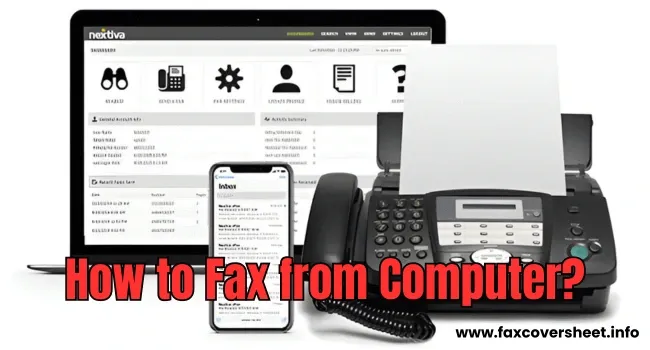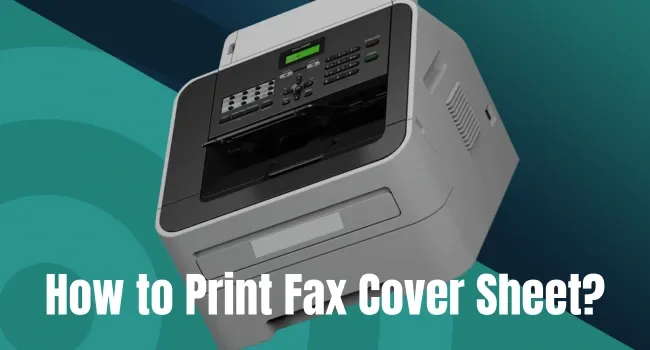[Free]^^ Fax Cover Sheet Template
ARCHIVE
Blog
How to Fax from iPhone in USA: A Step by Step Guide
October 28, 2025
Faxing may sound like an old-fashioned concept, but it’s still widely used in businesses, healthcare, and government offices around the world. The good news is that you no longer need…
Blog
How to Fax from Computer? | Steps & Security Tips
October 3, 2025
How to Fax from Computer Overview: Faxing from a computer does not need any bulky & costly machine, and it's an easy process. You can send documents by using online…
Blog
How to Print Fax Cover Sheet: A Complete Step-by-Step Guide
September 25, 2025
Print Fax Cover Sheet: Even today, faxing is still used in many workplaces, such as in offices, hospitals, and law firms. It’s a trusted way to send important papers, like…
![[Free]^^ Fax Cover Sheet Template](https://faxcoversheetinfo69b8f.zapwp.com/q:i/r:0/wp:1/w:1/u:https://faxcoversheet.info/wp-content/uploads/2025/11/Fax-cover-sheet-Logo-1.png)



Recent Comments